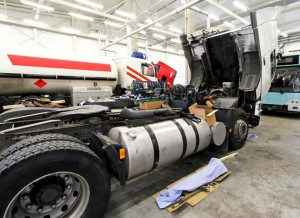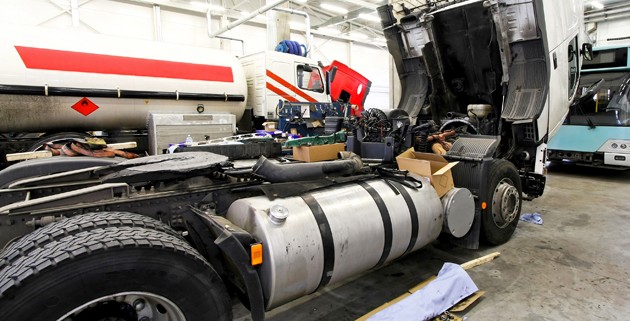Chain of Responsibility Update: NTC Seeks Feedback on Draft Consultation Regulatory Impact Statement

Image courtesy of Prime Mover
The National Transport Commission (NTC) has urged governments, the heavy vehicle industry and all other interested parties to appraise its newly released Draft Consultation Regulatory Impact Statement based on the merits of the options contained in it.
The NTC recently released four packages of options targeting the roadworthiness of heavy vehicles on the nation’s road networks. The four options were developed in the course of the National Heavy Vehicle Roadworthiness Program, which is a joint undertaking by the NTC and the National Heavy Vehicle Regulator.
A post on industry website PrimeMoverMag.com highlighted the comments of NTC CEO, Paul Retter who has encouraged interested parties to consider the options contained in the Statement because heavy vehicles are such a crucial aspect of the country’s economy but ensuring their safety on the road is a challenge especially because they can at times place the safety of all road users at risk. According to Retter this is the NTC’s primary concern. He also stated:
“While the condition of heavy vehicles is just one of many factors that affect Australia’s road toll, we need to do what we can to reduce any crashes caused by poorly maintained vehicles. Safer trucks means safer travel for everyone.
“By improving heavy vehicle roadworthiness we will be able to reduce the pain of road trauma, increase the productivity of truck fleets and also reduce traffic congestion caused by truck breakdowns.”
Read more at: http://www.primemovermag.com.au
Mr Retter explained the relevance of this issue and why it is so important. According to Retter, 213 Australians have been killed in road crashes involving heavy vehicles over the last 12 months. It is therefore crucial for everyone involved in the road transport sector to look into the options contained in the Draft Consultation Regulatory Impact Statement.
Each of the four packages contained in the statement, include potential alterations to inspection processes, procedures, training and education as well as an increased capability to target the highest risks. It also includes changes related to scheduled inspections, accreditation schemes and even changes to chain of responsibility laws themselves.
The article on PrimeMoverMag.com.au explained:
Mr Retter said the NTC would now actively consult stakeholders about these options and will present its final recommendations to Australia’s transport ministers in July this year for their consideration. He encouraged any interested parties to have their say about these options via the NTC’s website before Monday, 23 March 2015.
Source: http://www.primemovermag.com.au
Changes to Chain of Responsibility laws will affect us all but before any changes are considered, everyone in the road transport supply chain needs to be aware of what is required of them under the laws.
More information regarding The Chain of Responsibility Legislation can be viewed here.



